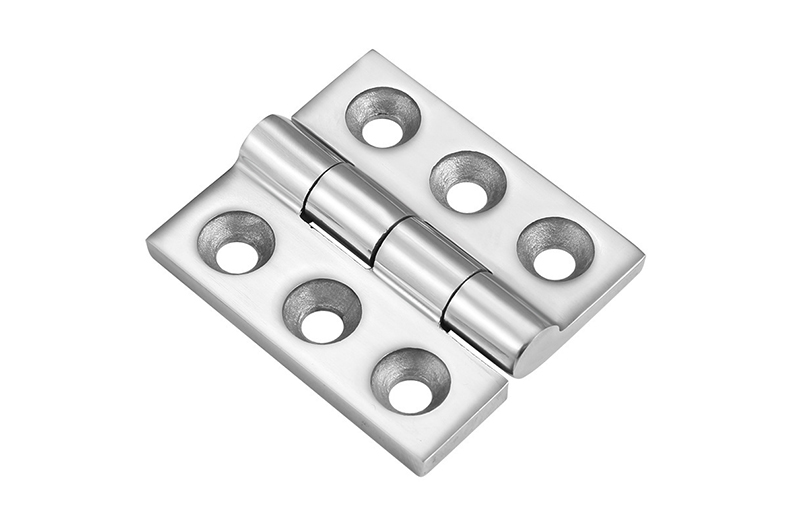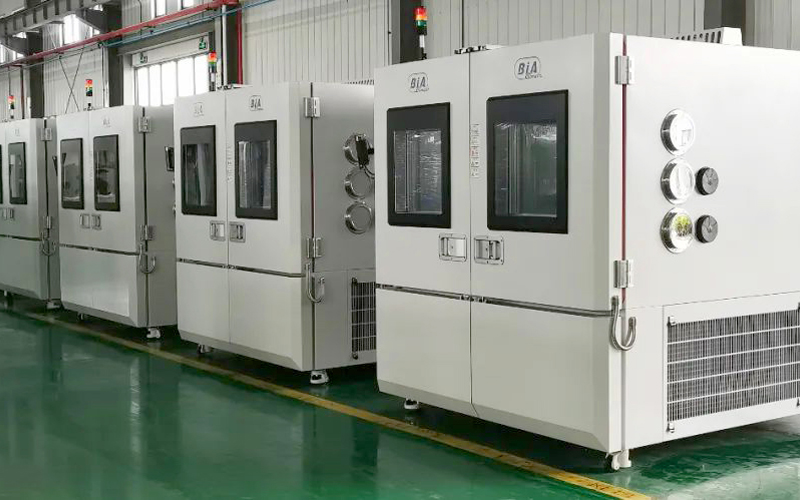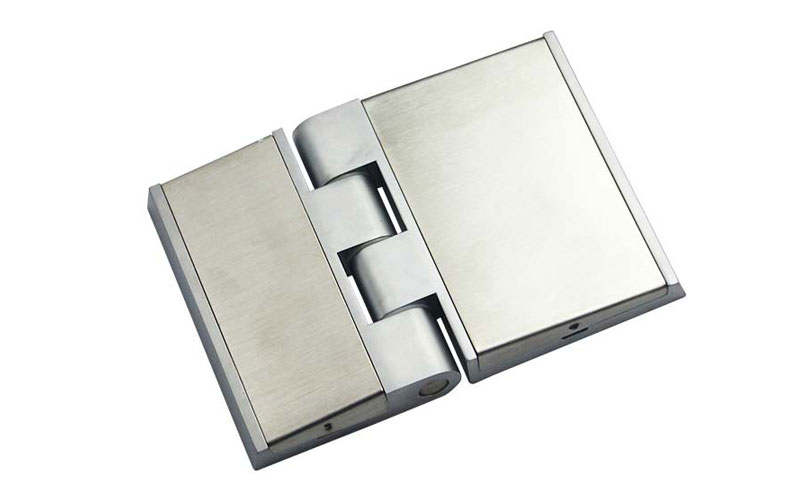Industrial heavy-duty hinges can fail under heavy loads, which can cause equipment failure and costly downtime. Make sure you use heavy-duty hinges to avoid problems and keep your operation running smoothly.
Industrial heavy duty hinges are designed for high-stress applications, supporting heavy doors, gates, and equipment. Made from durable materials like steel, they offer superior strength and durability. These hinges are commonly used in industrial environments to ensure long-lasting performance under frequent use and heavy loads.
Heavy duty hinges are essential in industries where doors, gates, or equipment panels experience frequent use and must withstand significant weight or force.

What is a Heavy Duty Hinge?
A heavy duty hinge is designed for applications requiring durability, strength, and high resistance to wear and tear. These hinges are commonly used in industrial settings, such as factory gates, large metal doors, or heavy equipment, where they must support heavy weights and endure constant usage. Heavy duty hinges typically feature thicker materials, larger pin diameters, and more robust construction compared to standard hinges.
These hinges are engineered to provide stability and long-term performance, making them suitable for high-stress environments. Materials like stainless steel and carbon steel are commonly used to ensure that the hinge can resist rust, corrosion, and other forms of environmental wear.
The Strongest Types of Heavy Duty Hinges
The strongest heavy duty hinges are those designed with reinforced materials and specialized designs for increased load-bearing capabilities. Some of the most durable types include:
- Weld-On Hinges: These hinges are made for extreme strength and are welded directly to the frame and door, making them highly resistant to stress and wear. They are ideal for heavy gates, industrial machinery, and other high-stress applications.
- Continuous Hinges (Piano Hinges): These long hinges distribute weight evenly along the door, reducing stress at any single point. They are often used for heavy doors that require stability and support over their entire length.
Each type of hinge is crafted to handle different levels of pressure, ensuring they can support a wide range of applications from industrial doors to heavy gates.

Different Types of Industrial Hinges
There are several types of industrial hinges available, each suited for different uses:
- Butt Hinges: Commonly used in doors and cabinets, butt hinges are strong and offer a good balance of cost-effectiveness and functionality. They are suitable for both light and heavy-duty applications depending on the material.
- Detachable Hinges: These hinges allow parts to be easily removed for access or maintenance. They are often used in industrial environments where equipment needs to be serviced regularly.
- Spring-Loaded Hinges: Designed to automatically close doors or panels, these are used in environments where security or containment is crucial, such as in cold storage facilities or industrial ovens.
Each of these hinge types offers distinct advantages, depending on the operational requirements and stress they are expected to endure.
Difference Between Standard and Heavy Weight Hinges
The key difference between standard and heavy weight hinges lies in their construction and capacity. Standard hinges are built for everyday use, such as in residential doors or lightweight cabinets. They typically use lighter materials and are not designed to endure the same level of force or frequent use as heavy duty hinges.
On the other hand, heavy weight hinges are designed for industrial applications where strength and durability are paramount. They are made from stronger materials like steel or stainless steel and feature thicker plates and larger pins to handle greater loads and heavier use. Heavy duty hinges can support more weight and provide more stability, making them the preferred choice for industrial doors, gates, and heavy machinery.
Best Hinge for Heavy Doors and Gates
For heavy doors and gates, weld-on hinges and continuous hinges are often the best choices. Weld-on hinges are extremely strong and can handle heavy loads because they are directly welded onto the metal surfaces, providing a solid, permanent connection. These are ideal for large gates or machinery doors that are used frequently and under considerable stress.
Continuous hinges, also known as piano hinges, are perfect for heavy doors that need uniform support across their entire length. These hinges help distribute the weight evenly, reducing stress on individual hinge points, which can prolong the life of the door and the hinge itself. Both options are excellent for supporting large and heavy doors in industrial settings.

How Much Weight Can a Heavy Duty Hinge Hold?
The weight a heavy duty hinge can support depends on the type of hinge and its construction. Weld-on hinges can support weights upwards of 1,000 pounds or more, making them ideal for industrial applications like heavy gates or large machinery doors.
Continuous hinges, depending on their length and material, can also support substantial weight, often exceeding 600 pounds. It’s important to choose a hinge that is rated for the specific weight requirements of your application. Incorrect hinge selection can lead to malfunction, which in industrial settings can be costly and dangerous.
Adjusting Heavy Duty Hinges
Adjusting heavy duty hinges is a necessary maintenance task to ensure proper alignment and function. Misalignment can cause uneven wear and strain on the hinge, potentially leading to premature failure.
To adjust these hinges, you must loosen the hinge screws or bolts, make necessary alignment changes, and then retighten them to secure the hinge in place. For larger applications, it may require the use of specialized tools to ensure precision. Regular adjustment helps to maintain smooth operation and prevent unnecessary stress on the hinge.
Conclusion
Industrial heavy duty hinges are indispensable in applications requiring robust, long-lasting support for heavy doors and equipment.
You may be interested:




